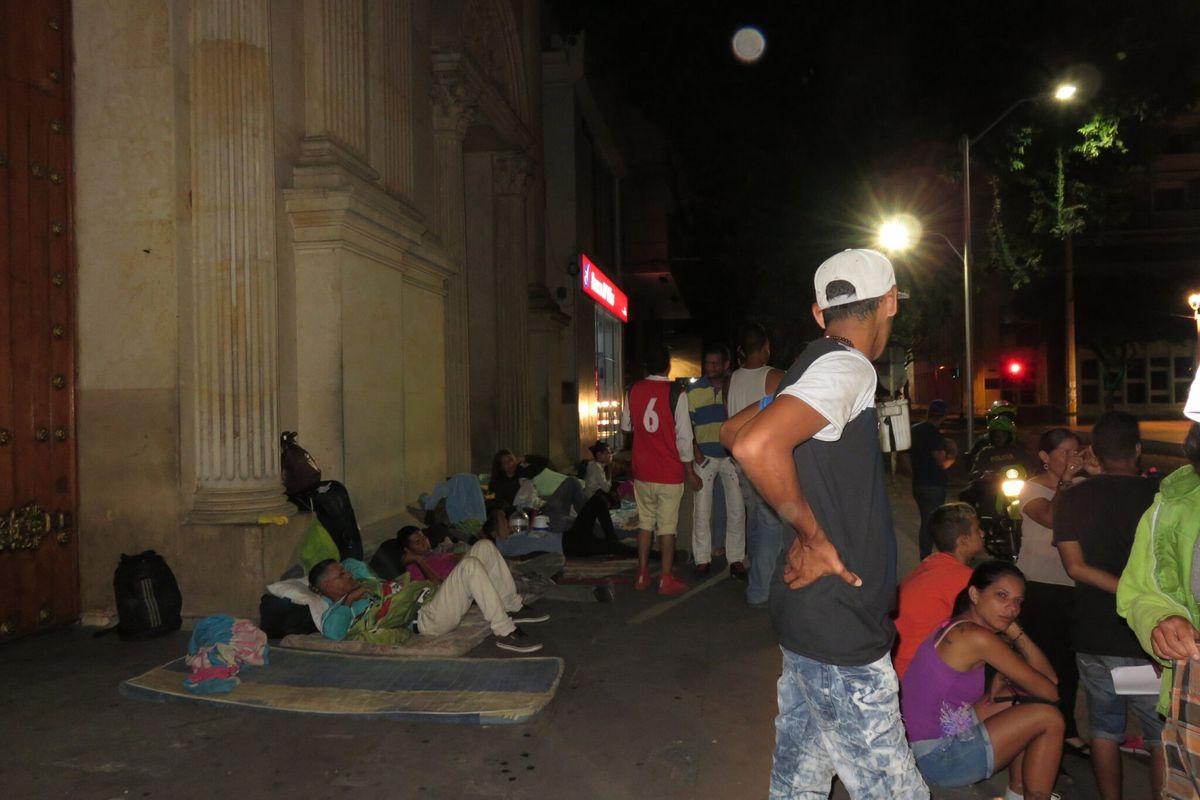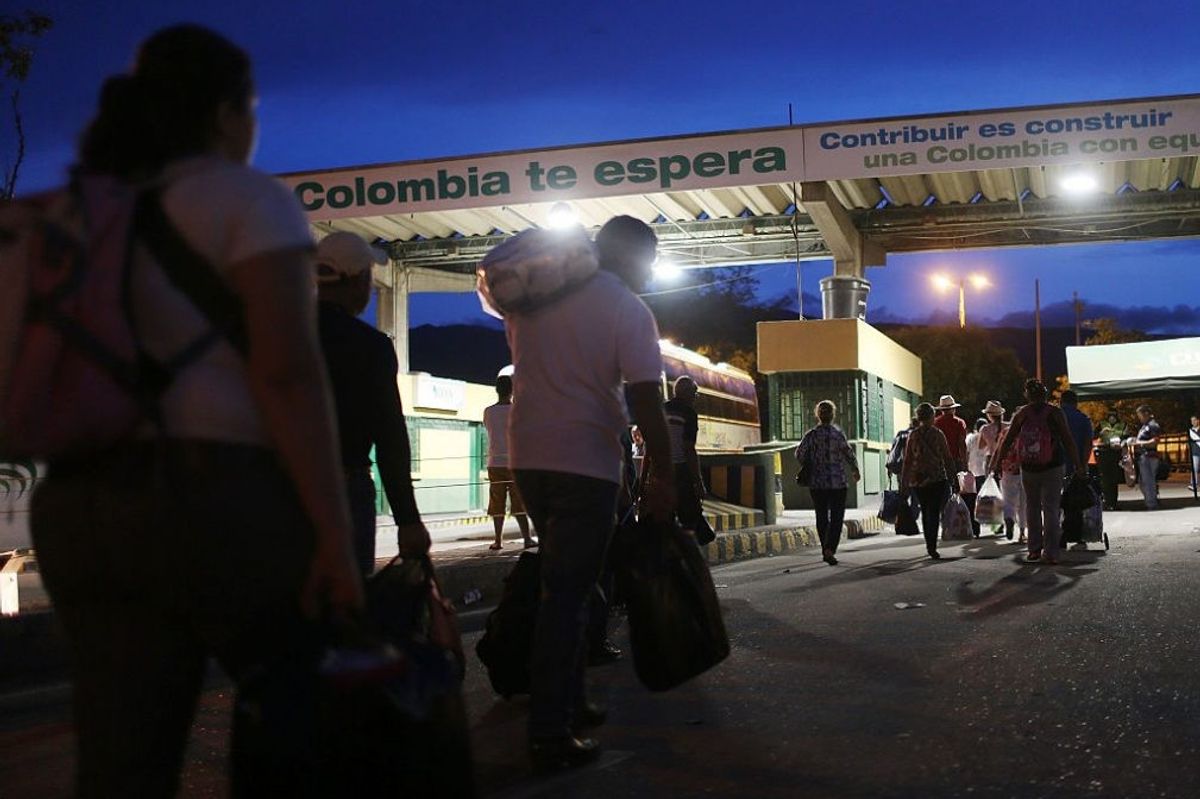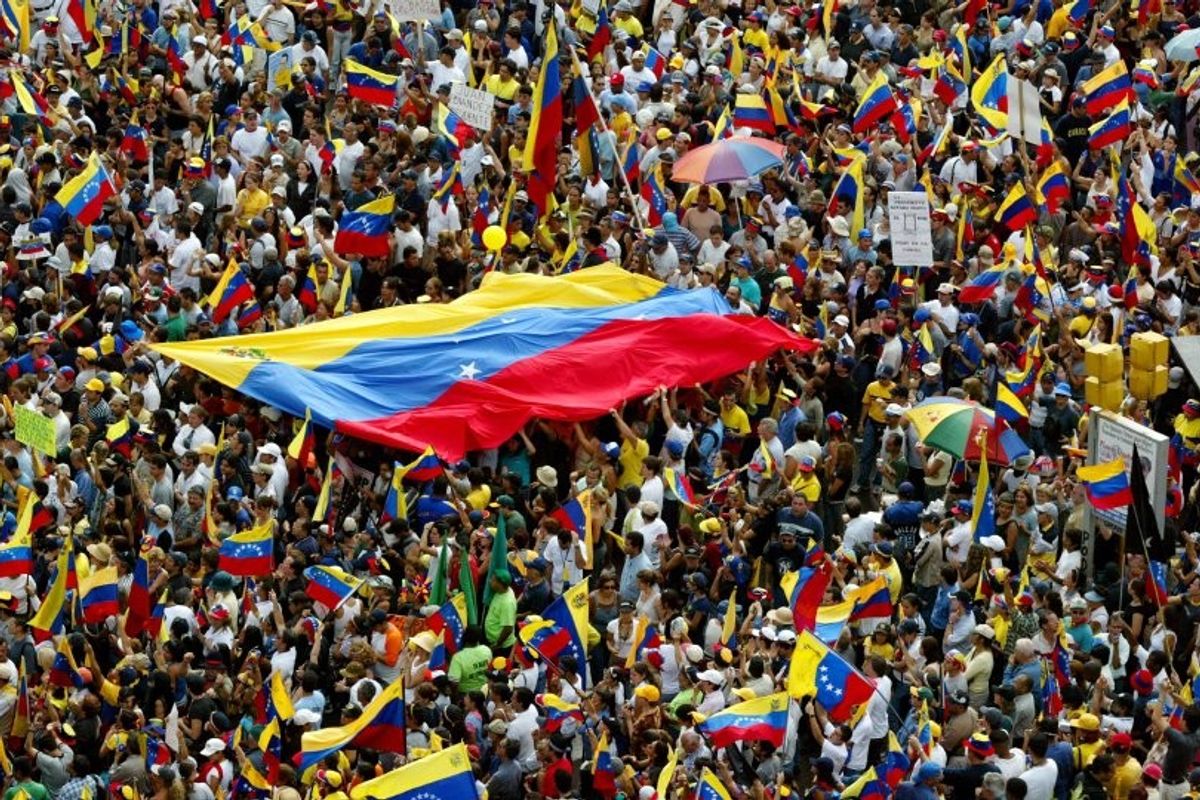Since 1982, Colombia’s government and the FARC guerrilla group have sat down to negotiate four times. This attempt appears to be the one that will finally end with a peace accord. The negotiators are on the fifth of five substantive negotiating agenda topics, and they appear likely to announce a bilateral cessation of hostilities, with UN verification, perhaps during President Barack Obama’s March 21-22 visit to Cuba.
The current talks have been successful largely because of the configuration on the battlefield: for both sides, a negotiation leading to disarmament makes strategic sense. The FARC are significantly weaker than they were when the last peace process collapsed in 2002 and no longer have a serious shot at taking power through arms. However, they remain so strong (about 7,000 active fighters) and wealthy that it would take many bloody years for the Colombian government to force them to surrender on the battlefield. For both sides, the cost of continuing the armed conflict is greater than the cost of negotiating an end with a graceful exit.
This process is also succeeding because of its design. The venue (Cuba) is outside of Colombia, which simplifies much of the logistics and the overall atmosphere at the table. The talks have international accompaniers, the governments of Norway and Cuba, who have been instrumental to defusing periodic crises and keeping the parties from straying away from the agenda. The agenda is limited to a few achievable topics, and the negotiators have honored an early commitment to keep their deliberations private: with confidentiality, the negotiators need not fear seeing every agenda sub-point, item of compromise, or trial balloon proposal debated in the media.
In fact, especially during its latter phases, the talks may have been too closely held. Polls have shown Colombians consistently are quite skeptical about the negotiations’ chances of success, and even breakthroughs have brought little change in public opinion. The government’s public education efforts about the process have been poor: it has issued innumerable bland and symbolic messages exhorting Colombians to support peace but has avoided explaining some of the hard choices it has had to make. The negotiating teams on both sides have also under-represented women, conflict victims, indigenous people, and Afro-Colombians.
Now, though, an agreement is almost in place. What remains are the terms of the bilateral cessation of hostilities, the workings of disarmament and demobilization, and the means to ratify what has been agreed. Finally, the parties must go back and fill in minor points of disagreement on the earlier agenda items.
This will be complicated, but it will be easier to achieve than much of what came before. The hardest agreement was transitional justice—what to do with the worst human rights abusers—an issue that was settled with an accord in December 2015. This agreement is far from perfect—some human rights groups contend that penalties for those who committed serious war crimes are insufficiently harsh. But these are not surrender negotiations, and convincing guerrillas to give up arms only to go to jail proved impossible. As it includes five to eight years of “restriction of liberty” for abusers who confess their crimes, it is a fair compromise that took more than a year to negotiate.
A definitive agreement to end the FARC conflict is probable during the middle of the year. Then, the hard part truly begins.
First, President Juan Manuel Santos is determined to submit the peace accord to a plebiscite: an up-or-down vote on whether Colombians approve of the accord. A law to hold the plebiscite has been passed and is under judicial review. While it won’t necessarily be binding, the plebiscite is risky. Colombians’ support for the peace talks is broad but thin, as the FARC, due to its authoritarian rhetoric and past human rights abuses, is quite unpopular. Even if Colombians say “yes” to the peace deal, a weak mandate (a narrow margin of victory) or poor voter turnout could make it politically harder for President Santos and his government to make the difficult compromises and large expenditures that effective accord implementation will require.
The immediate post-accord period will be tense. An early spike in violence is likely. Colombia’s most fundamental security problem is a near-total absence of government from rural areas (and some urban slums), many of which happen to be strategic for the cocaine trade and other illicit income sources, like precious-metals mining. If the government fails to fill these territorial vacuums quickly, the FARC’s departure could cause a free-for-all to fill them among other illegal groups. These groups include the much smaller ELN guerrilla group, which has yet to initiate formal peace talks, a variety of narcotrafficking militias that Colombia calls “Criminal Bands,” or simply mid-level FARC leaders who re-arm.
Whatever the regional band in question is called, the fight against organized crime will be the principal mission for Colombia’s security forces in the post-accord period. This fight is not as dramatic or headline-grabbing as an armed conflict against a national insurgency. Still, it could be just as bloody, as recent experience in Mexico and Central America has shown.
In a way, though, fighting organized criminals is even harder than fighting insurgents. Insurgents seek to overturn the national government and regularly use violence to confront it. Organized crime prefers to corrupt and penetrate the government, rather than fight it. This hollows out the government institutions whose job is to protect citizens—the security forces, the judiciary—at the same time that internecine fighting between criminal groups causes violent crime rates to soar. It is not clear whether Colombia’s institutions will be up to the job of punishing the sort of corruption and collusion that are oxygen for organized crime.
This alarming near-term outcome is likely, since there are so many areas of guerrilla influence devoid of state presence, and since Colombia’s past record of territorial governance is so spotty.
Beyond territorial control, the list of challenges is long. As many as 20,000-25,000 ex-guerrillas (including urban militias and support personnel) will need to enter demobilization programs and be reintegrated into society. The UN mission must be ready as soon as possible to begin verifying cease-fire violations. Guerrillas in “zones of concentration” will need protection. Millions of victims await reparations, land restitution, and the truth about what happened to their loved ones. Afro-Colombian and indigenous communities need to be consulted about accord implementation in their territories. Tens of thousands of anti-personnel mines must be cleared. A special system of tribunals must be set up to judge the worst human rights violators on both sides, along with a truth commission to explain what happened. Colombia must implement a new drug policy, framed out in an accord with the FARC, to counter a sharp recent increase in cocaine production. And it must pay for all of this at a time of plummeting commodity export income and a vastly weakened currency.
This is a grim picture, and we need to see it without illusions in order to help Colombia prepare for post-accord challenges. At the same time, though, let’s always recall that there is much to celebrate. The “post-accord” period would be far darker with a large, national-level armed group like the FARC still generating violence throughout Colombia’s territory. Instead, the FARC may soon be participating in politics, and Colombia will have a fleeting but historic opportunity to bring government to historically abandoned areas.
If Colombia seizes this opportunity, with assistance from the United States and other international donors, the country can put decades of violence behind it and, within five years, be on a path toward joining the community of economically developed democracies. A greater state presence and less impunity—meaning, a stronger justice system—will be the keys to this.









